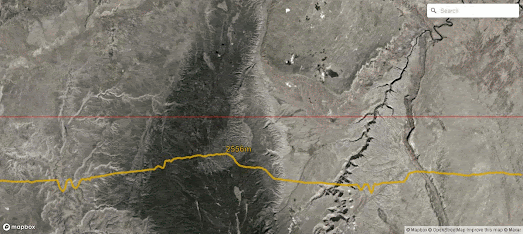Сообщения
Сообщения за июнь, 2021
The Average Color of the Earth
- Получить ссылку
- X
- Электронная почта
- Другие приложения
The 3D Map of Bonn
- Получить ссылку
- X
- Электронная почта
- Другие приложения
Canada's Residential School Map
- Получить ссылку
- X
- Электронная почта
- Другие приложения
London's New Constituencies
- Получить ссылку
- X
- Электронная почта
- Другие приложения
Massacres of the United States
- Получить ссылку
- X
- Электронная почта
- Другие приложения
The Tour de France Live Tracking Map
- Получить ссылку
- X
- Электронная почта
- Другие приложения
The Haarlem Road Plotters
- Получить ссылку
- X
- Электронная почта
- Другие приложения
How Slow Will Your Post Be?
- Получить ссылку
- X
- Электронная почта
- Другие приложения
The 3D Glastonbury Festival Map
- Получить ссылку
- X
- Электронная почта
- Другие приложения
230 Years of Mapping
- Получить ссылку
- X
- Электронная почта
- Другие приложения
The Segregated States of America
- Получить ссылку
- X
- Электронная почта
- Другие приложения
The Altimeter
- Получить ссылку
- X
- Электронная почта
- Другие приложения
Mapping the New York Mayoral Primary
- Получить ссылку
- X
- Электронная почта
- Другие приложения
Europe's War on Yemen
- Получить ссылку
- X
- Электронная почта
- Другие приложения
Mapping Excess Deaths
- Получить ссылку
- X
- Электронная почта
- Другие приложения
The Moscow Building Age Map
- Получить ссылку
- X
- Электронная почта
- Другие приложения
Public Transport Equity
- Получить ссылку
- X
- Электронная почта
- Другие приложения
Air Pollution in Europe
- Получить ссылку
- X
- Электронная почта
- Другие приложения
Where UEFA 2020 Players Were Born
- Получить ссылку
- X
- Электронная почта
- Другие приложения
The Soiled Underpants Map
- Получить ссылку
- X
- Электронная почта
- Другие приложения
Mapping America's Digital Divide
- Получить ссылку
- X
- Электронная почта
- Другие приложения
Mapping Crops from Space
- Получить ссылку
- X
- Электронная почта
- Другие приложения
The Tower of Pisa in 3D
- Получить ссылку
- X
- Электронная почта
- Другие приложения
Your Plastic's Journey to the Sea
- Получить ссылку
- X
- Электронная почта
- Другие приложения
The Toll from Coal
- Получить ссылку
- X
- Электронная почта
- Другие приложения
Indigenous Language Maps
- Получить ссылку
- X
- Электронная почта
- Другие приложения
The California Wildfire Map
- Получить ссылку
- X
- Электронная почта
- Другие приложения
Gerrymandering in London
- Получить ссылку
- X
- Электронная почта
- Другие приложения



























